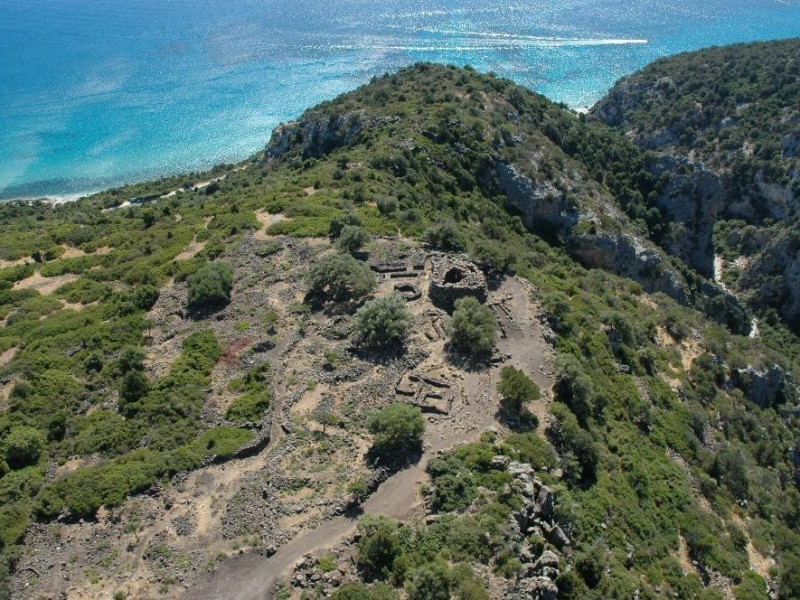Area archeologica Nuraghe Mannu
The archaeological complex rises on a basalt plateau dominating the gulf of Orosei and consists of a nuraghe and a village. The nuraghe Mannu (literally %u201Dbig%u201D), dating from the 14th century BC, is slightly small and was probably named after the wide surrounding village. It is a single tower nuraghe (5m high) built of trachyte and local basalt. The east facing entrance, typical of nuraghi, is to take advantage of sunlight. After a short corridor covered with large flat slabs (plat band), a central chamber with spiral staircase led to the higher level. Now there are few remains of this structure. This site is important for the presence of a village with more than 200 huts, one of the widest in the island and partially brought to light. In the village, a settlement of about 1000 people, the huts differed in size and shape. It dates back to the 3rd millennium BC, as the ceramics from Vaso Campaniforme Culture attest, but it was frequented until the Imperial Roman Age (5th century AD).
Partially accessible to disabled people.

